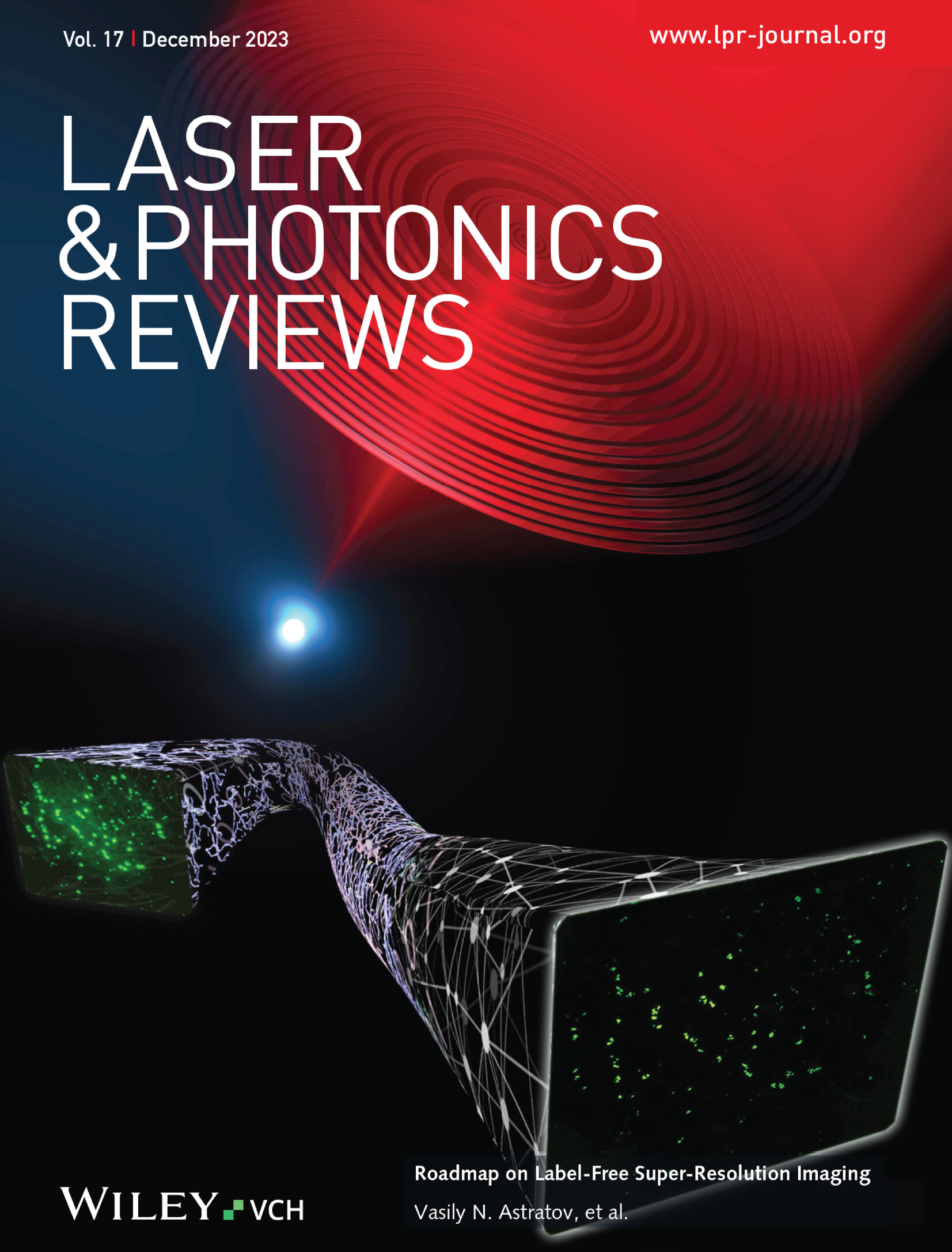Atom‐Based Vectorial Holography for Multidimensional Microwave Detection via Broadband Microwave‐To‐Optical Conversion
IF 9.8
1区 物理与天体物理
Q1 OPTICS
引用次数: 0
Abstract
Holography is an essential platform for optical detection using different physical dimensions of light and has been recently introduced into quantum optics with the advantages of high robustness and enhanced optical resolution. Here, atom‐based vectorial holography (AVH) is demonstrated through a two‐photon transition to expand the applicability of quantum holographic detection from the optical band to the microwave band. Based on the theoretical analysis in terms of the Jones matrix and atom‐field interaction Hamiltonian, it is clarified that the diffraction characteristic of AVH depends on the wideband coupling of microwave and optical fields and the physical properties of microwaves can be all‐optically detected via the AVH‐based quantum holographic scheme. Moreover, AVH is realized experimentally in a four‐level quantum system and enables multidimensional characterization of polarization, phase, and amplitude of polarized microwaves over a broad frequency range across millimeter‐ and centimeter‐wave bands. This work provides a path toward broadband holographic detection for frequencies outside the optical band to support the advancement of holography in quantum science.基于原子矢量全息技术的宽带微波光转换多维微波探测
全息技术是利用光的不同物理维度进行光学检测的重要平台,近年来被引入量子光学,具有高鲁棒性和提高光学分辨率的优点。本文通过双光子跃迁证明了基于原子的矢量全息(AVH),将量子全息探测的适用性从光学波段扩展到微波波段。基于琼斯矩阵和原子场相互作用哈密顿量的理论分析,阐明了AVH的衍射特性取决于微波场和光场的宽带耦合,并且通过基于AVH的量子全息方案可以全光学地探测微波的物理性质。此外,AVH是在四能级量子系统中实验实现的,能够在毫米和厘米波段的宽频率范围内对极化微波的极化、相位和幅度进行多维表征。这项工作为光学波段外频率的宽带全息检测提供了一条途径,以支持全息在量子科学中的发展。
本文章由计算机程序翻译,如有差异,请以英文原文为准。
求助全文
约1分钟内获得全文
求助全文
来源期刊
CiteScore
14.20
自引率
5.50%
发文量
314
审稿时长
2 months
期刊介绍:
Laser & Photonics Reviews is a reputable journal that publishes high-quality Reviews, original Research Articles, and Perspectives in the field of photonics and optics. It covers both theoretical and experimental aspects, including recent groundbreaking research, specific advancements, and innovative applications.
As evidence of its impact and recognition, Laser & Photonics Reviews boasts a remarkable 2022 Impact Factor of 11.0, according to the Journal Citation Reports from Clarivate Analytics (2023). Moreover, it holds impressive rankings in the InCites Journal Citation Reports: in 2021, it was ranked 6th out of 101 in the field of Optics, 15th out of 161 in Applied Physics, and 12th out of 69 in Condensed Matter Physics.
The journal uses the ISSN numbers 1863-8880 for print and 1863-8899 for online publications.

 求助内容:
求助内容: 应助结果提醒方式:
应助结果提醒方式:


